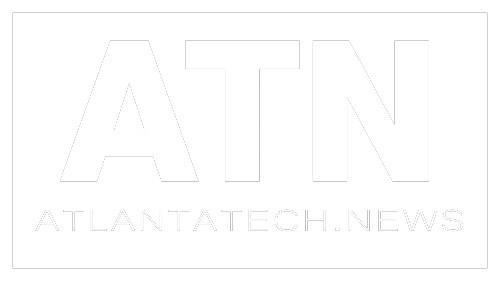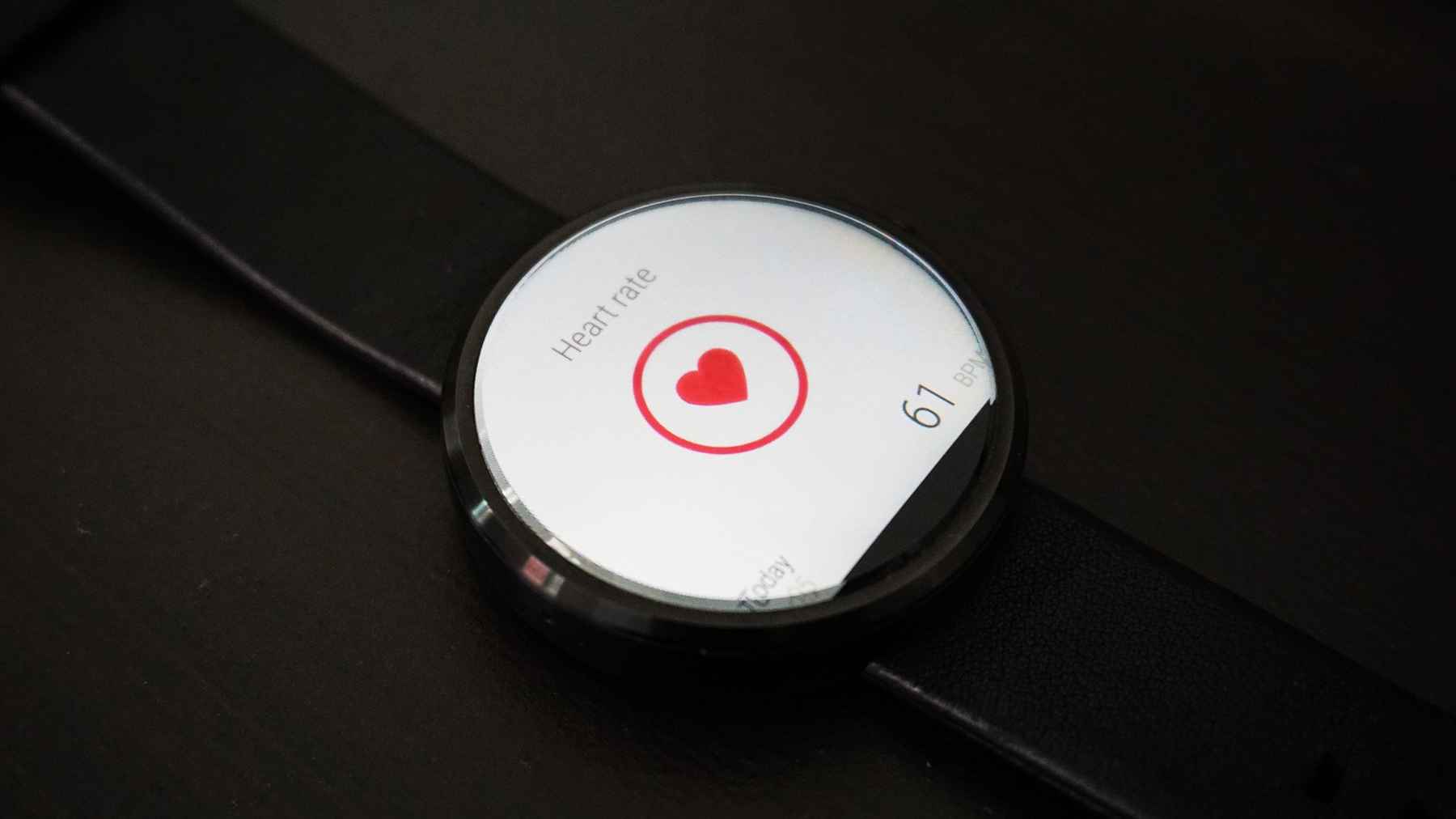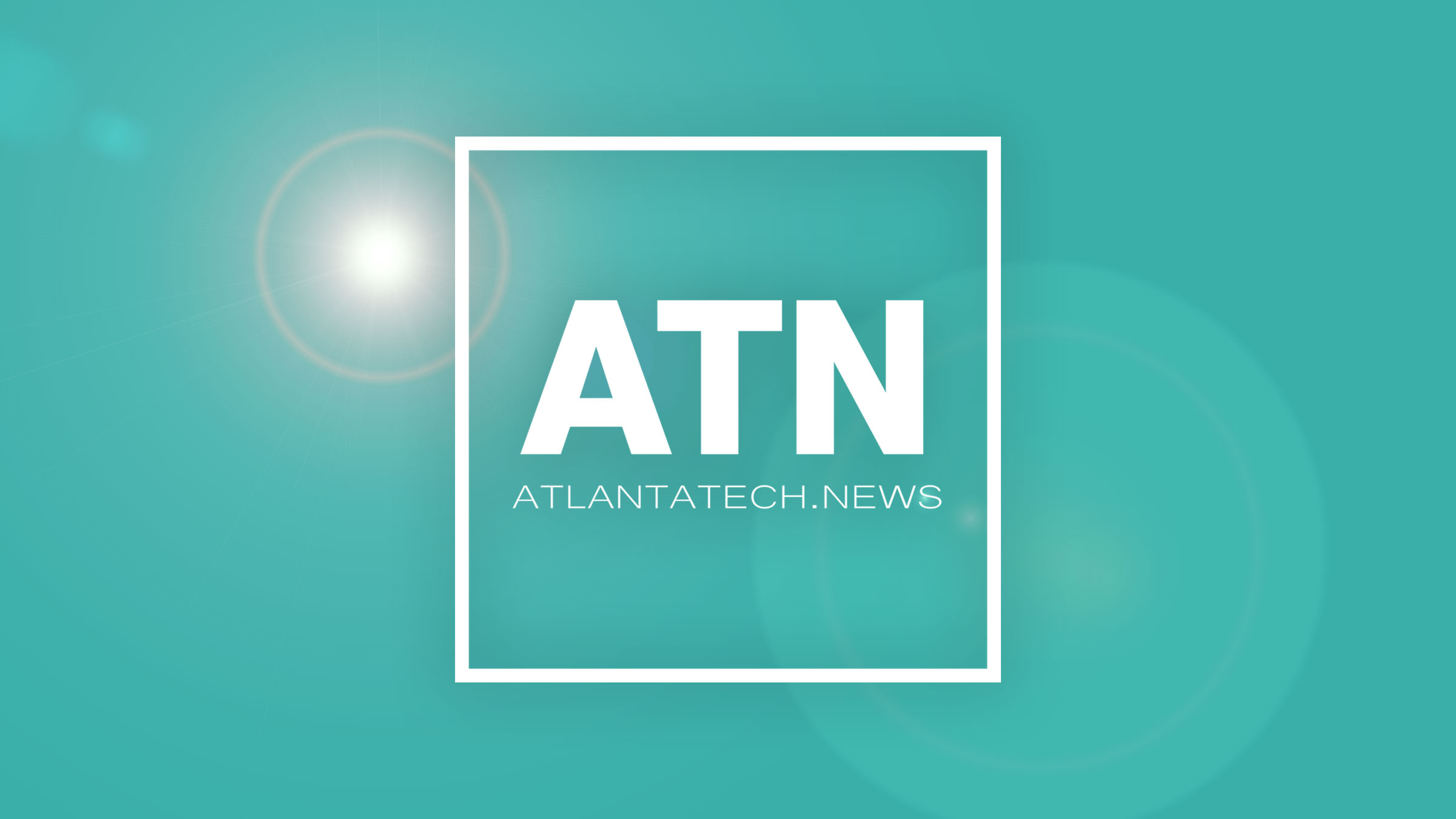Occupations in the healthcare IT sector have a projected growth rate of 11% from 2018 to 2028. This figure is higher than the average for all jobs. The continued adoption of IT in healthcare management gives a positive outlook for tech-related occupations in the sector.
Healthcare IT career prospects
Tech companies are increasingly moving into the healthcare industry, signifying a large gap that still needs filling. There are several opportunities in the health information technology (HIT) field. They include diagnostics and health monitoring, treatment and patient care, drug research and development, and performance optimization. Other than increasing efficiency, the use of connected health technology is creating new jobs.
Technological advancements in the healthcare industry are moving at a rapid pace. They include artificial intelligence and machine learning, virtual reality and augmented reality, wearable devices, robotics, nanotechnology, and 3D printing.
The best job prospects are reserved for those who earn professional certification and complete an accredited program. Some of the most in-demand HIT jobs include database administrator, help desk technician, application analyst, and systems engineer. You also have a high chance of getting employed by manufacturers and vendors of medical tech devices. Other than IT skills, having clinical experience will be an added advantage with these employers.
Average Salaries for HIT Jobs
According to Payscale.com, the average salary for the healthcare IT industry is $79,000. The breakdown for various occupations is as follows:
- Software engineer – $77,000
- Data analyst – $63,000
- Healthcare consultant – $70,000
- IT manager – $98,000
- Systems analyst – $65,000
- Director of Operations – $108,000
- Data engineer – $81,000
Legislative Support for HIT Careers
The American Recovery and Reinvestment Act (2009) provided incentives for investment in healthcare information technology. Under it, the Health Information Technology for Economic and Clinical Health Act (HITECH) was also enacted. It prioritized the shift from paper to electronic medical records.
The federal government set aside $2 billion to help healthcare providers implement HIT solutions. A further $17 billion would give Medicaid and Medicare incentives to those who complied by 2015.
The switch from ICD-9-CM to ICD-10-CM also introduced a vast number of new procedure codes and diagnosis codes. This increased complexity led to a renewed demand for medical coding jobs.
From the above information, it’s clear that HIT is a promising field for qualified individuals. With the sector expected to grow for many more years, having the right qualifications guarantees you a fulfilling career. You’ll also have financial security because the demand for jobs in the industry outpaces the average for all occupations.





